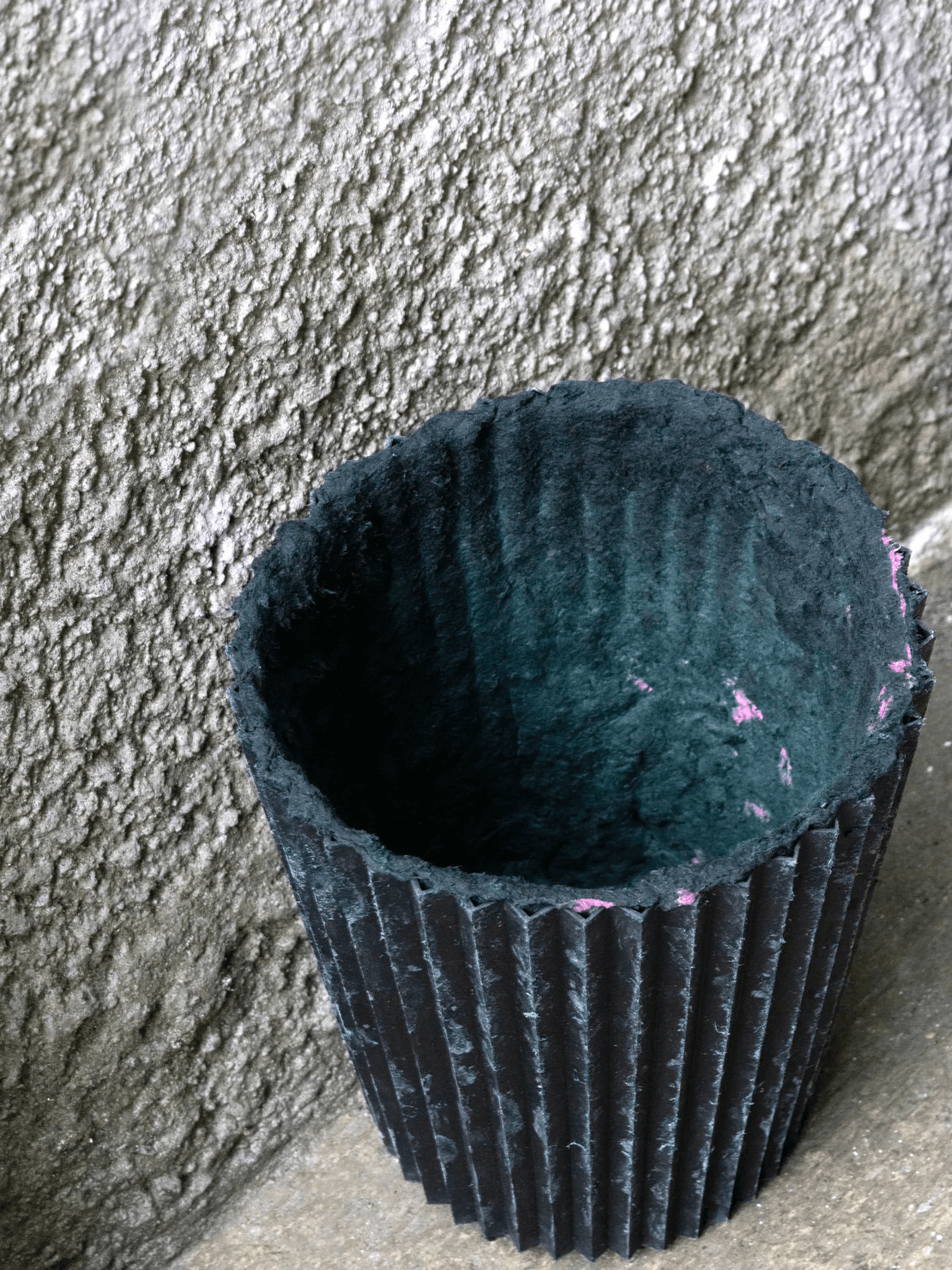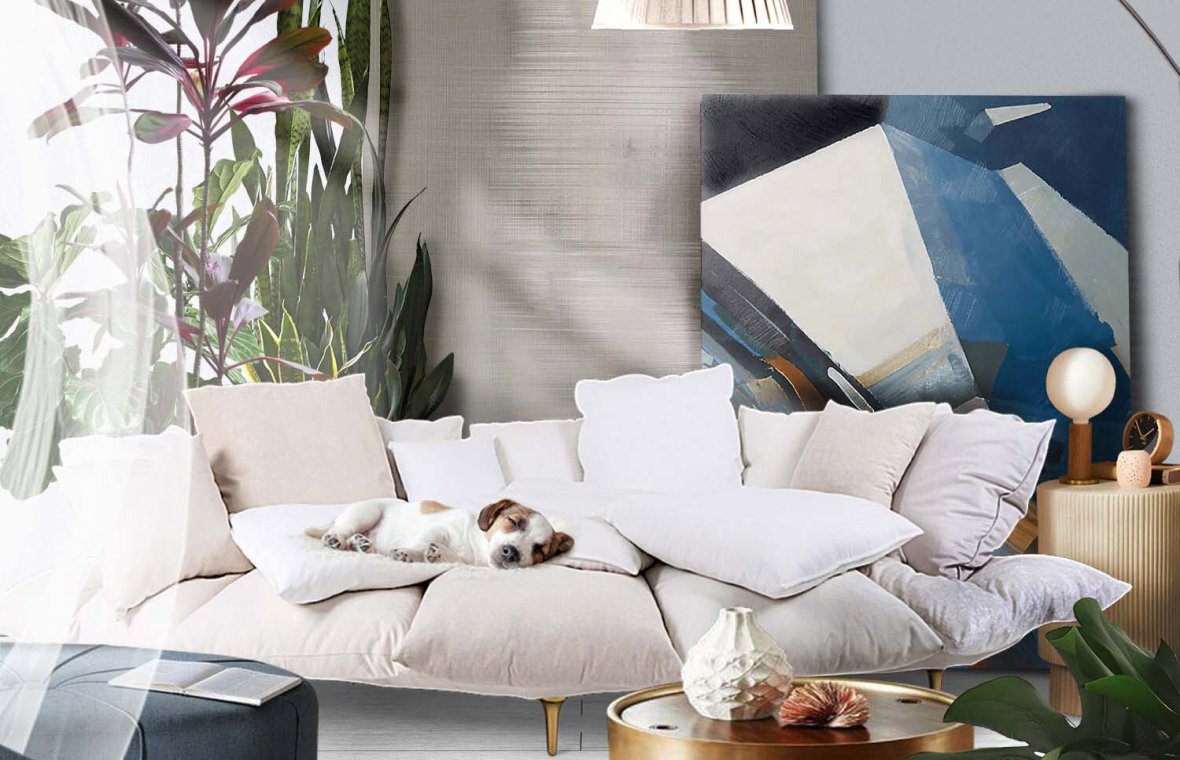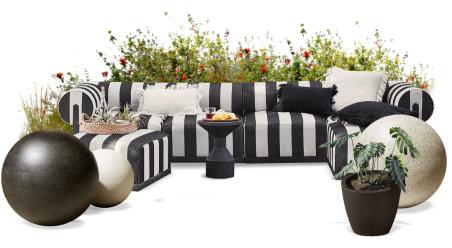Sustainable Design: 4 Unusual Waste-Based Materials
 by Silvia|Nov 15, 2021
by Silvia|Nov 15, 2021Waste-based materials make a powerful statement. In fact, there is no such thing as waste in a circular economy. Waste is the name we give to materials we don’t use anymore, which doesn’t necessarily mean they cannot be used anymore…
Sustainability-mindful designers across the world are developing new materials that divert waste from landfills.
Below is a selection featuring particularly unusual waste streams…
Hairy Textures
Hair is one of those things everyone is familiar with and that no one really takes into consideration when it comes to disposal…because well, it’s just hair. But – just like any other material – hair has hidden potential.
Human Material Loop is a project aimed at creating a closed-loop recycling system for human hair while taking advantage of its technical features – such as high tensile strength, thermal insulation, flexibility, and oil-absorbing capability. The result is a unique textile material that can be woven in a number of different patterns.


Laundry Treasures
Cleaning filters after use is the number one rule to maintain a tumble dryer alive. But who knew that fluffy cloud could have another life?
Textile-Clay(opened in a new window/tab) is a material that originates exactly from tumble dryer leftovers mixed with starch. When compared to regular clay, Textile-Clay has two worth-mentioning sustainable features: it does not rely on virgin materials and it dries in the air, without firing.


From Ocean to Land
Even if ocean sediments cannot properly be called waste, they are sometimes treated as such. In particular, they often get thrown offshore to prevent them from piling up on the beach.
Sure enough, these sediments could have a better use. And indeed, the Autarky Collection(opened in a new window/tab) turns them into furniture. What’s even more fascinating about these pieces is that they're literally shaped by the ocean – inside molds submerged below sea level at low tide.


The Waste of all Waste
Incineration is the ultimate way of getting rid of the trash, but that too generates waste. Bottom ash is the residual powder from burning trash. Non-combustible, it cannot be further burnt, so what to do with that?
Bottom Ash is also the name of a project that explores the potential of this seemingly useless material, revealing incredible applications. Kept as a powder and sieved, bottom ash can be used as decorative glazing for tiles. Or – turned into a terrazzo-like composite – it can become furniture.
watch my video interview with the creator of Bottom Ash


All these projects prove – once more – that trash is just raw material in the wrong place. Everything has potential, all it takes is the willingness to see it!
This article was written by Silvia from DforDesign.
Meet The Author
Silvia is an interior designer and content creator who resides in Switzerland. For her, interior design is way more than aesthetics. That's why she says that she's on a mission to make interior good for wellbeing and our planet.
Both on clients' projects and on the blog, her work focuses on:
Biophilic Design: wellbeing-centered interiors that take inspiration from nature.
Sustainable Design: products & materials that are mindful of the environment and support the development of a circular economy.
















 19h left
19h left



